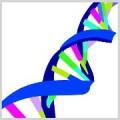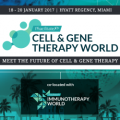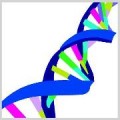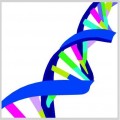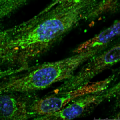You are here
News
2016
Nov 2016 Neha is now a healthy six year old after a cord blood transplant from her brother thanks to the family cord blood bank Biocell in India.
Nov 2016 We see rapid growth in AMP-based injectable products being offered in the U.S., and targeted specifically for allogeneic use. Does this meet FDA guidance?
Oct 2016 Commerical banks are NOT the dominant source of 2015 funding for Parent's Guide to Cord Blood Foundation.
Oct 2016 The newly launched Phacilitate Cord Blood will be part of Phacilitate Cell & Gene Therapy World in Miami January 2017.
Oct 2016 AmnioChor proposes that amniotic membrane of the placenta (AMP) is a paradigm shifter because a single placenta provides multiple doses for now or later, that can be tissue or cellular therapy, can be autologous, matched allogeneic, or allogeneic therapy.
Oct 2016
Cord Blood Registry® sponsored this blog on BabyCenter.com
Sep 2016 The AABB Center for Cellular Therapies is launching a new membership benefit for Spanish-speaking individuals who are interested in cellular therapies, including cord blood banking.
Sep 2016 Zayed’s transplant from his brother Mohammed marks the first release of privately stored cord blood stem cells from the UAE to the US.
Sep 2016 AmnioChor has compiled a spreadsheet (available for download) of all tissue products that are currently manufactured from the Amniotic Membrane of the Placenta (AMP).
Aug 2016 Electrical stimulation plays a role in many regenerative mechanisms, especially neuromuscular disorders. For example electricity can can induce mesenchymal stem cells to become cardiomyocytes. Dr. Genovese's lab is a world leader in the study and application of bioelectric signals for regenerative medicine.


